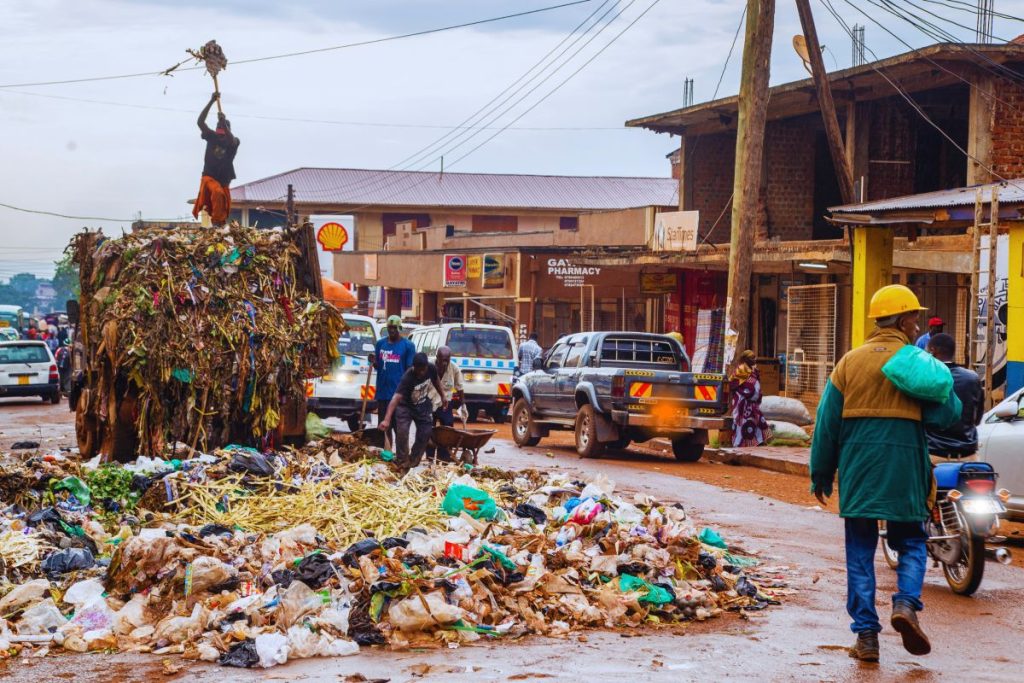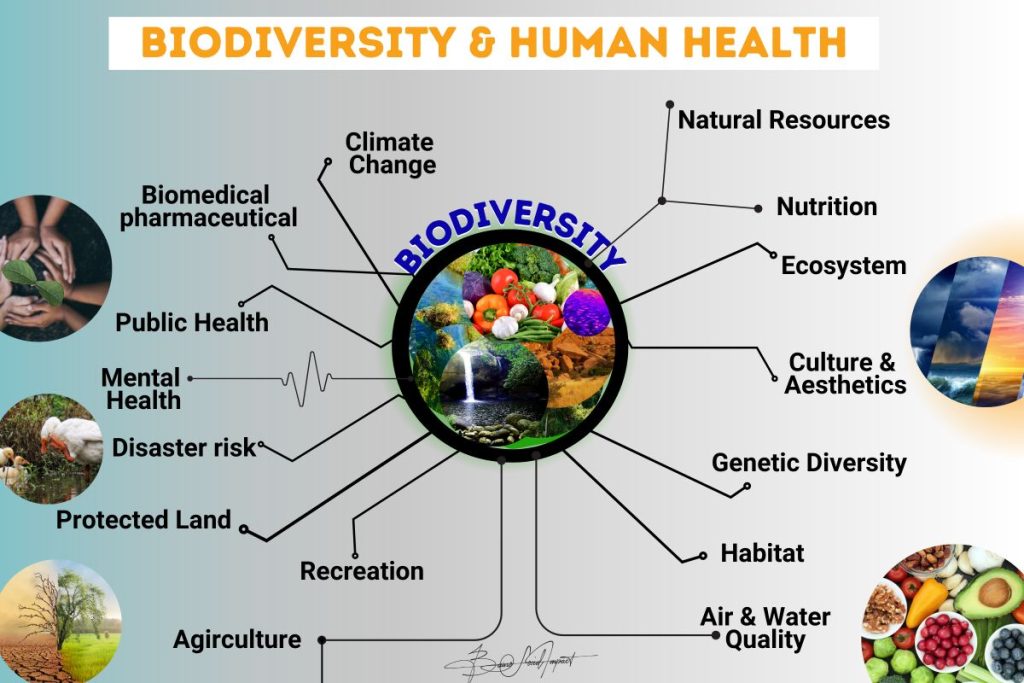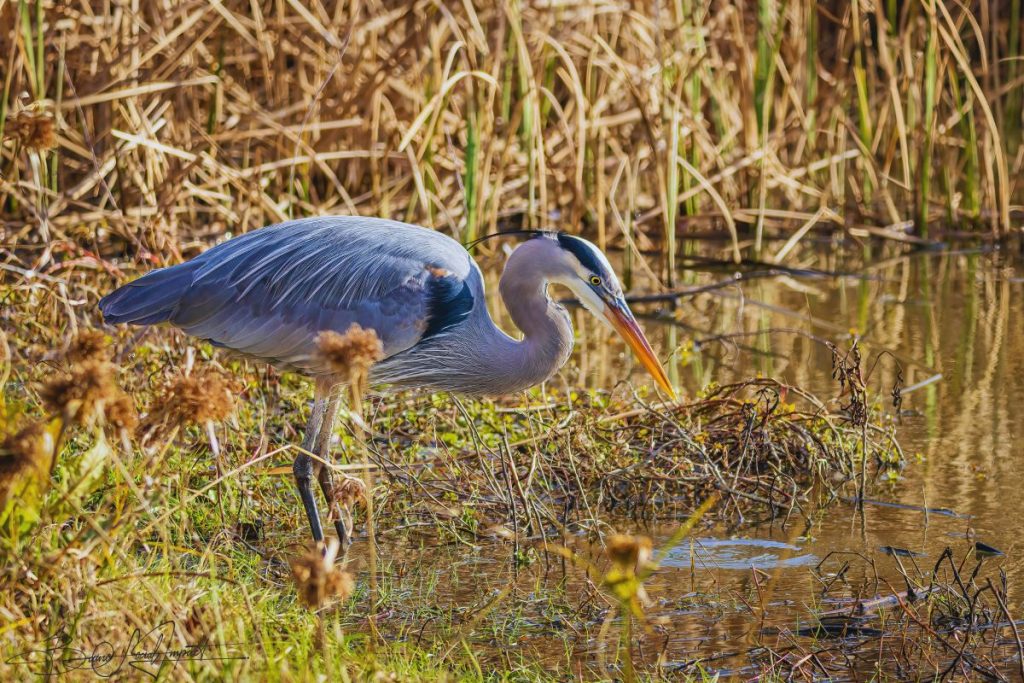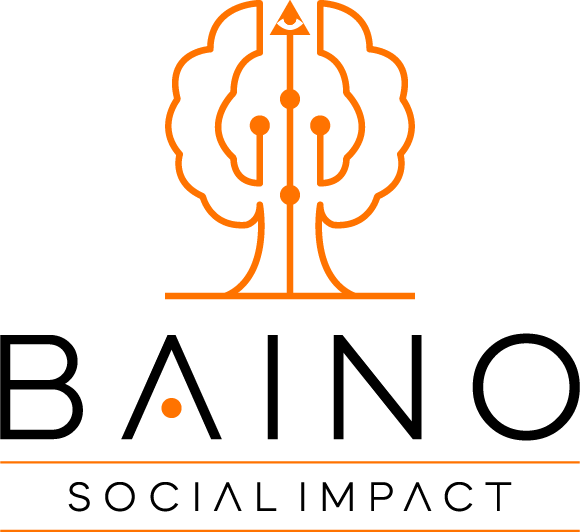We all have one thing in common, and that’s nature. It sustains the life of all beings. To protect it is to protect ourselves.
The livelihoods of almost all of our community members intimately depend on the environment, both as a source of subsistence and as a basis for production. It has been the ultimate caregiver that has taken care of our great-great-grandparents. Our children’s great-great-grandchildren will also need it in the best shape possible.
However, the rate at which we are depleting the natural environment and resources is alarming. It is as if we are racing to turn our community into a desert. The Uganda government formulated several policies to curb the danger and regulate land use and environmental impacts. Still, these laws and policies are not yet enforced effectively.
Our environment is not separate and independent from us. We are part and actual fabric of everything in the natural environment. And for that reason, all the actions we must undertake to achieve Busoga’s vision and all of the moving parts around it must consider this important fact.
Protecting and nurturing our environment and its components is the same as protecting and nurturing ourselves. As a result, it increases the quality of the vision we are building.

Environmental degradation in our community is critical—which includes natural resource degradation; encroachment on and depletion of resources such as forests, pastures, and fields; and contamination of water resources like wetlands, rivers and lakes.
These depletions put our lives at peril. This can be evident in the continuous loss of quality water, food, and energy.
We must adopt effective practical policies and strategies to restore and conserve our environment, especially those we can customise and localise.

The human race continues to conduct research to understand the planet’s complex web of physical environments and the workings of life in all species. So far, it’s apparent that what determines whether we live in good or bad health is not embedded in one single factor but rather through numerous aspects, including our behaviour, genes and other forces outside ourselves—including the air we breathe and the places we live.
It’s also apparent that the exploitation and destruction of the natural environment and wildlife—the biodiversity—is deeply intertwined with the exploitation or destruction of people, communities, and cultures.

The interaction and interrelatedness of the variability among living organisms, species, and populations from all sources, including all ecosystems and ecological complexes, can be supported by nurturing the environment. Each species, no matter how small, has a vital role.
Only when life is at its most varied and vigorous can we define it as ‘rich’.
Biodiversity needs to be protected and maintained because that diversity of life enriches the quality of our lives in ways that are not easy to quantify. Its intrinsic value is essential for our emotional, psychological, and spiritual well-being.

We need forests, swamps, pollinators, and soil organisms to give us the ingredients required for life. We need strange plants to create our medicines—including traditional medications and those synthesised from biological resources and processes.
Trees provide habitat and nutrients for birds, insects, other plants and animals, fungi and microbes. Humans depend on the Earth’s biodiversity for food, shelter, drinkable water, clean air, fertile soils and healthy well-being—and many other benefits we take for granted.
And so, a better future is one of a protected and nurtured climate, of which we are intimately a part.
